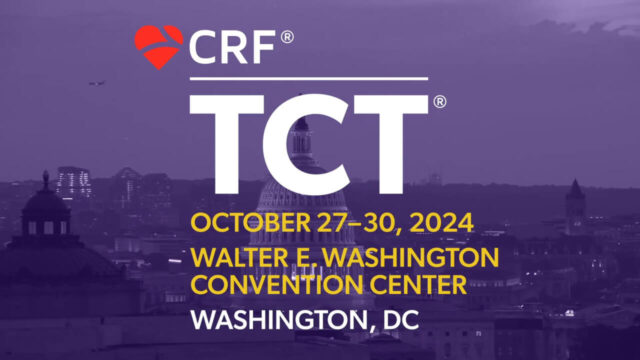Vascular access complications following transcatheter aortic valve implantation (TAVI) remain common. However, few studies compare vascular access closure methods.

Based on the CHOICE-CLOSURE and MASH studies, double ProGlide use was associated with fewer access complications than the Manta device. Consequently, the former became the most accepted therapeutic option.
The ACCESS-TAVI study included patients with severe aortic stenosis scheduled for transfemoral TAVI, randomly assigned (1:1) to suture-and-plug closure (ProGlide and Angio-Seal) or suture-only closure (double ProGlide).
The primary objective was assessing a composite of major or minor vascular access-related complications (VARC-3 criteria) during hospitalization. Ultrasound-guided puncture was recommended, while secondary access was used at the operator’s discretion.
A total of 454 patients were included. Their average age was 80 years; 51.7% of subjects were women, and 11.3% had peripheral arterial disease. Among patients, 49.6% had no calcification, 21.9% had mild calcification, and 97% showed mild or no tortuosity. Ultrasound-assisted puncture was used in 57.8% of cases, and the right transfemoral access was the preferred choice (88.7%). A secondary transradial access was used in 40.9% of cases.
In the analysis of the primary endpoint, vascular complications, the suture/plug group had 27% events vs 54% in the suture-only group, with a relative risk [RR] of 0.55 (95% confidence interval [CI]: 0.44-0.68; P ≤0.001). Reduced events were mainly due to fewer minor vascular complications and bleeding grade ≥ 2.
The authors concluded that the use of suture-and-plug closure reduces vascular complications compared with suture-only closure and is associated with shorter time to hemostasis.
Presented by Tobias A. Rheude in the Late-Breaking Trials Sessions, TCT 2024, October 27-29, Washington, USA.
Subscribe to our weekly newsletter
Get the latest scientific articles on interventional cardiology





